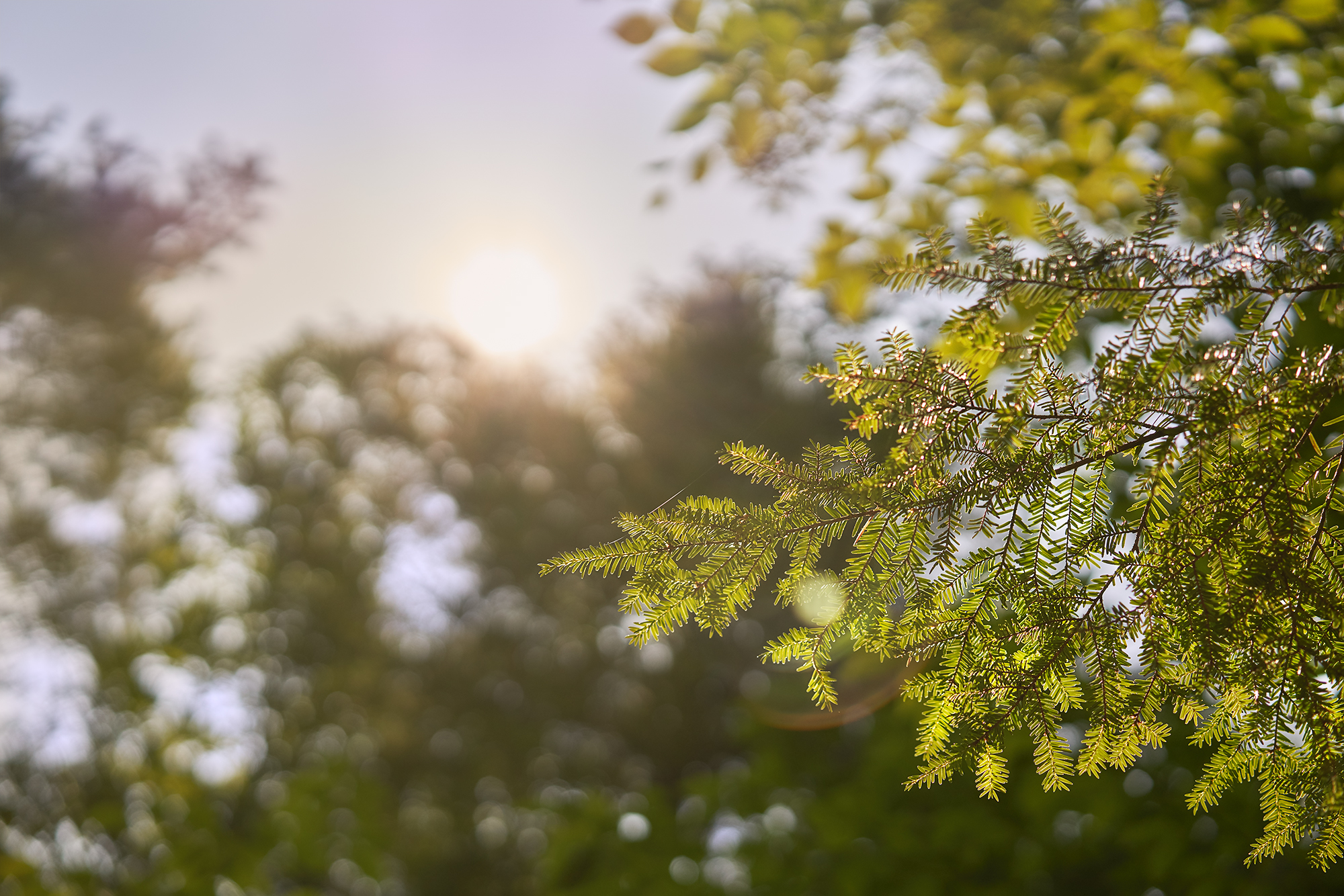tree hugger
noun
sometimes disparaging: environmentalist; an advocate for the preservation of woodlands
Tree hugger. The term once used to ridicule barefoot hippies, is perhaps #trending on the footsteps of forest-bathing and earthing (walking barefoot on natural surfaces), and is actually likely good for your health, given that the act likely forces you to be in nature.
But who were the original tree huggers and where did the term come from?
The first known tree huggers were Bishnois, living in Khejadli, India. In 1730, foresters came to fell trees on their land (the wood would be used to build a palace), but the Bishnois weren’t willing to lose their sacred trees. In response, Amrita Devi led a physical protest: she wrapped herself around the tree to stop the foresters from cutting it down. The story goes that as she hugged the tree, the foresters attacked her and the trees with their axes, and she, refusing to compromise, stated: “If a tree is saved even at the cost of one’s head, it’s worth it.” Soon, 362 other Bishnois had sacrificed their lives for the trees. Only then did the foresters admit defeat.
The 1970s Chipko movement is believed to have been inspired by the Bishnois’ sacrifices. This movement began in 1974 as an act of resistance in the Himalayan area of the Uttar Pradesh region. A group of women, led by Gaura Devi (a widowed mother), heard about the government’s plans to cut down their sacred trees. She gathered her community to peacefully protest against this, but the protests were ignored. Tree hugging—using their bodies as physical barriers, was the next step. They stood strong, hugging the trees while they were threatened. Eventually, they won; the trees were left to live.
Similar tree hugging resistances soon spread across India. The movement became so widespread that in the 1980s the government was forced to listen to the tree huggers: they changed their deforestation plans, and promised to work under more nuanced policies, which would be more sensitive to the local communities.
From there, tree hugger became a pejorative term for the eco-loving, tie-dye wearing hippies in the West. But now, tree-hugging is taking a different turn. As we consciously try to protect the world we live in, we’re also learning to appreciate the physical and mental health benefits trees bring us: it’s not a myth.
Health Benefits of Tree Hugging
Tree hugging has been shown to soothe and strengthen body and mind. Simply seeing trees makes us feel calmer, leading to lower heart rate and blood pressure. The Japanese practice of forest bathing (essentially, spending time in a forest), helps you relax and fight off disease. And if you progress from being in the forest to hugging a tree, there are even more health benefits to enjoy. In Blinded by Science, Matthew Silverstone explains that every atom vibrates, and different vibrations affect behavior. A tree’s vibrational patterns have a healing, revitalizing effect, which can help us feel more grounded. Plus, hugging a tree (just like hugging a human) increases levels of oxytocin, aka the love hormone, which reduces stress and increases happiness.
So go hug a tree, breathe in the fresh air it filters for you, and notice how much calmer and stronger you feel. Keep adding #treehugger to your out-of-city snaps, and escape into the forest as much as possible: it’s good for you.
We’re excited to announce that with every Getaway booking, we’ll be donating to plant one tree with our friends at One Tree Planted.
